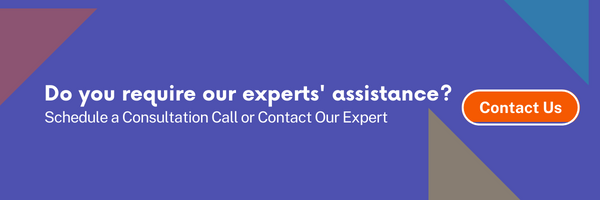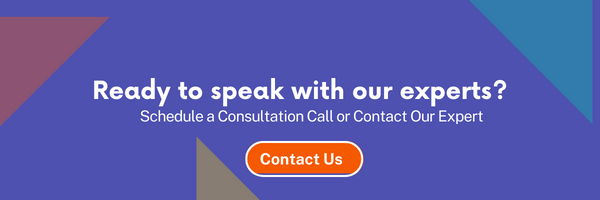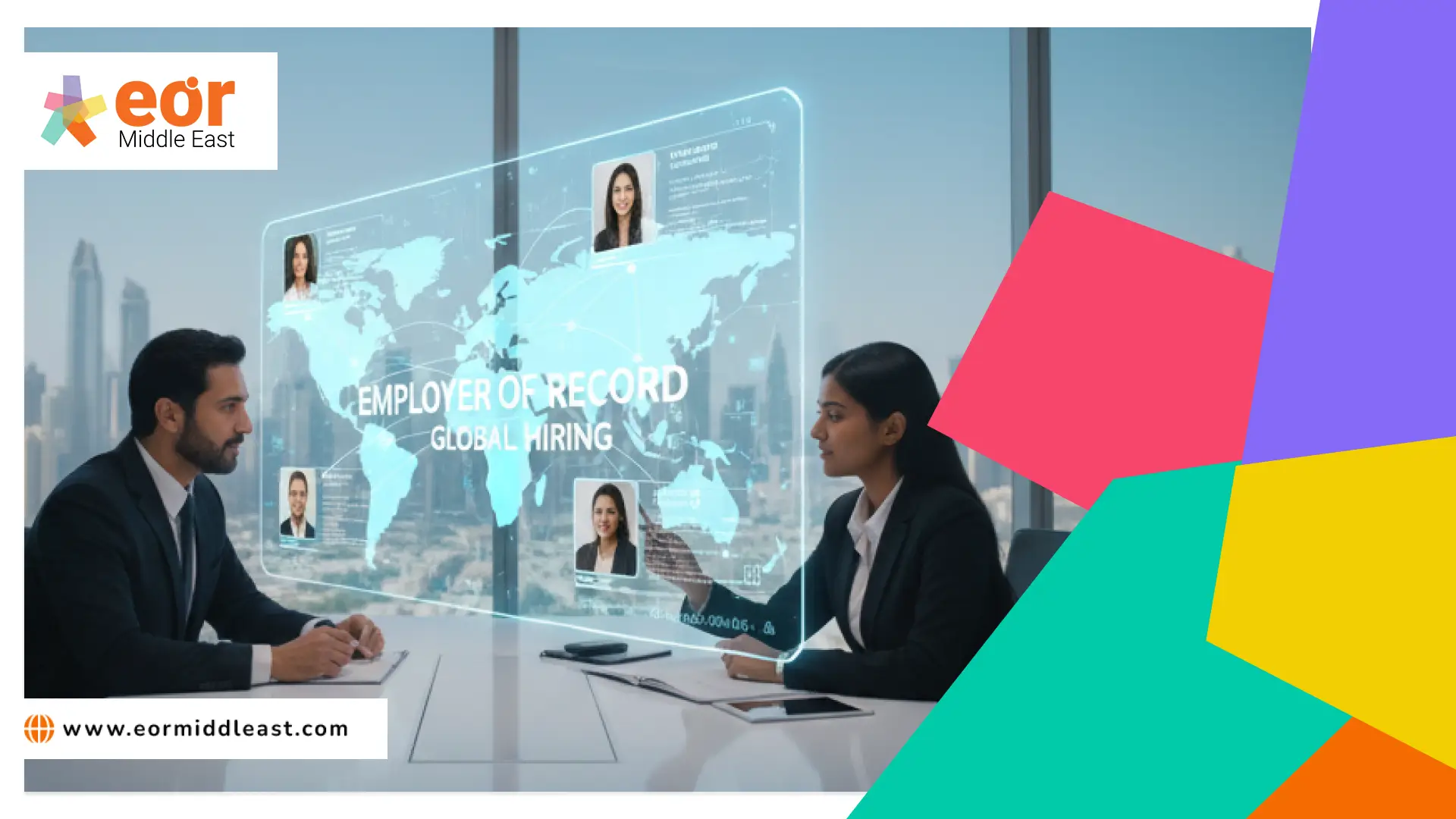An efficient recruitment and selection process is essential to any business. Getting the right people for your business leads to higher achievement and profit margins. That is to say, doing it wrong will cost your business massive amounts of money in lost productivity. Today, we provide you with the best recommendations for recruitment and selection.
In this article, we will make sure you understand the best recommendations for these processes. In the same vein, we will guide you through the entire process from start to finish; giving you the information you need to ensure you recruit highly skilled, motivated, and productive people for your business.
1. Defining your requirements
When you recruit, your aim is to fulfill a vacancy after the departure of the previous employee and the objective is to find an exact replacement. However, before starting the recruitment process, the best idea is to assess the job again to determine your requirements. For instance, you may discover you do not need to recruit for the job position.

Before you start, you must examine the following areas to maximize the efficiency of your marketing campaign; ensuring you meet your organization’s needs and requirements. This will make the potential issues of your HR department disappear.
1.1. Do you really need to recruit?
If you look at the job of the previous employee; do you need someone doing that role? Different ways of working, technology, or different circumstances in your business may be present at may have overtaken the requirement you initially had.
Therefore, you may be able to save massive costs by providing development opportunities to other workers, subcontracting it out, or reassigning the workload elsewhere.
1.2. Does the role need changes?
If the previous employee was working full time, do you still need it the same? On the other hand, if the work burden is partially reassigned elsewhere or adjusted, you may only have a part-time requirement. Similarly, do you need the role at a different level? You can imagine how the role will fit the rest of your workforce and adjust it if needed.
1.3. How to find out what you need?
Get additional feedback from people who have an interest or input in the role you are looking to fulfill. For instance, you could ask your clients or colleagues. Exit interviews with the previous incumbent will also provide you with valuable information and insight into how you can improve the role.
2. What are the guidelines for drafting a job description and person specifications?
2.1. Job description
Once you have determined the role you are needing; you can start writing the job description. This will allow you to profile the role and detail the duties and responsibilities involved while abiding by the recommendations for recruitment and selection.
- Job title: this must write a concise statement preferably of no more than 8 words.
- Purpose: a concise and simple sentence stating why the job exists. Similarly, less is more, no more than 50 words.
- Reports to: (job title of immediate manager) this is the individual responsible for directing, allocating work, or measuring performance.
- Direct reports: (not names of the involved) this refers to individuals who report to the job holder. For whom the job holder is responsible for measuring performance and managing.
- Main responsibilities: all the involved areas of accountability and responsibility, it is usually 1 or 2
- Performance measures: this refers to how the job holder’s performance in their main duties is measured. Certainly, this states the measure, not the standard. That is to say, standards related to the performance of the job holder and vary on an individual basis.
2.2. Person specification
This area sets out the skills, experience, and knowledge that are required for the job. In addition, the person specifications must be as accurate as possible as this is used for interviewing, final selection, and shortlisting. Therefore, you must ensure all criteria you state is necessary and justifiable for the role.
On the other hand, you may want to create a criteria list that is “essential” and “desirable” criteria. However, a PEO service provider can assist you in this area.

2.2.1 Knowledge
This section may outline, office procedures, IT software, or specific professional areas of knowledge needed for the job.
2.2.2 Skills and attributes
This section encompasses the individual attributes the candidate must have to perform the job. You must state it as specific as possible. For example, “good interpersonal skills” is open to wide interpretation and vague. You must think about why the potential worker needs these skills; what you require them to do this job.
You may state liaising efficiently with a group of people, presenting proposals logically. Therefore, you must specify everything, including our recommendations for recruitment and selection.
2.2.3 Qualifications
Formal qualifications for an academic awarding body, NVQs, diplomas, licenses, and degrees as well as the level of education required. In the same vein, when naming qualifications, where it is possible, you can add “or equivalent” to recognize a similar level of qualifications from other awarding entities.
However, keep in mind to only ask for standards or qualifications if they are necessary for the job position. In other words, there are roles for which a degree is required to perform the job, but you must specify which type is required. If you are questioned, you must explain why it is necessary to perform the role.
Most importantly, think about what you require in terms of skills.
2.3. Experience
When determining the recommendations for recruitment and selection process and experience for the job position; you must a giving a fixed number of years. For instance, individuals learn at different rates, and it may lead to age discrimination. Instead, you may think about what you would like them to have had an experience of, specific projects, tasks, or responsibilities.
This means that you must think about it as a verifiable experience.
2.3.1 Circumstances
Here, you may include information about flexibility in terms of working hours, any travel required, or where the role is based. However, you must avoid requiring the potential workers to be able to drive unless it is necessary.
3. What is the best way to source candidates?
Certainly, when deciding how you are sourcing your potential workers; you must think about the following areas:
- What is your budget for this process?
- What is your timescale?
- How much time do you plan for doing the recruitment administration?
- What is the type of job?
- What are the candidates’ behaviors you would like to attract?
This area contains information about the different methods you can use to source your advantages with pros and cons for each one. Therefore, this will allow you to make the right decision for the role you are looking for.
However, when you start the process of sourcing new candidates, the recommendations for recruitment and selection state that you must have in mind that your goal is not necessarily to reach a massive number of individuals; but to reach a targeted and well-defined audience, this way you will obtain a considerable number of suitable applicants.
4. Why should you carry out an extensive application process?
You must decide how you will complete the application process for your candidates. In addition, this area outlines some of the available options to you with the different advantages and disadvantages; discussing CVs and application forms; what information you must provide to your candidates, and the best way to do this.
4.1. Application forms
A good application form used for applications includes the following areas.
- It is designed to gather information related to the criteria you have specified.
- All applicants must provide the same information.
- Comparing the information becomes easier since is all presented in the same way.
- Monitoring for equal opportunities is easier; the forms are designed to remove from consideration any information source of discrimination such as ethnic origin, gender, age, etc.
However, you also must consider the resources and timescale available for this process. That is to say, if you are placing an advertisement you must have in mind how candidates will access the application form and the rest of the information.
4.1. CVs
Requesting a CV with a motivational letter will bring the following advantages to the recruitment process.
- It eases up a rapid recruitment process in a saturated market; candidates do not have to contact you directly for the application form.
- This is preferred by candidates; some of whom may have a good updated CV ready.
- There is more freedom for candidates to “sell” their experience and skills. In addition, how they choose to do so will actually give you a more detailed insight than a standard application form.
5. How can you provide the information for candidates?
In order to have the best onboarding practices, with our recommendations for recruitment and selection, you can have a streamlined process. In this way, you can decide at the beginning of the recruitment campaign what information you want your candidates to access to ease up their entire application process.
You can also decide if your website has enough information about your business for your potential candidates. However, it depends on the job position you may provide additional information which would be helpful for your potential candidates; this would allow them to decide if they are suitable for your business and if they would like to work in your organization.
Similarly, additional information may reduce the number of unsuitable candidates you will get. Hence, if you have a website that is the best way for your candidates to submit an application form as well as other information, they may as well need is an application pack for the job position available to download. This may include:
- Application form (if required).
- Job description and person specification.
- Summarization of conditions and terms of employment; for instance, salary or salary range, annual leave entitlements, and other benefits.
- Information about your organization.
- Details about the entire recruitment process, including where and when the interviews will take place, the expected date, details of how they will hear if they are hired.
6. What are some good selection methods?
Interviewing by itself is not always the most reliable indicator of the best candidate for the position. As we mentioned earlier in our recommendations for recruitment and selection, depending on the role you are recruiting; you may want to consider other methods as part of your recruitment process.
- Practical tests: you can carry out this process to give feedback. However, you must present a test relevant to the job in question.
- Psychometric tests: these types of tests are administered by qualified staff and often require a fee for their implementation. For instance, they can be used to determine skills such as decision making, interpersonal skills, and problem-solving.
- Presentations: this would assist you to assess the applicant’s verbal communication skills and presentation and their knowledge of a specific subject.
Also, these are some things to have in mind if you use alternative selection methods:
- Ensure you are which type of criteria are defined in the person specification you will be assessing with each test.
- Avoid using irrelevant and unrelated tests. For instance, if someone is unlikely to require to make presentations, it is not relevant to require a presentation as part of the assessment.
- Make sure you follow our recommendations for recruitment and selection and make reasonable adjustments for disabled candidates.
7. How can we assist you to hire the best workers for your organization?
If you are looking to get access to the most highly-skilled workers across the Middle East, we provide you with access to our innovative processes to guarantee that you hire only the best talent. At EOR Middle East, we work hard to ensure you obtain the most outstanding services. We also provide you with immigration services in the following countries:
We have many years of experience on helping businesses across the region assisting them to succeed and expand to new markets. In addition, we have an 88% success rate, various awards, and more than 700 ratings; making us the best payroll and immigration partner in the Middle East. With us, you will start working in the Middle Eastern market easily and rapidly.
In this way, we offer you tailor-made services to increase your productivity in a hassle-free manner.

Would you like to start working with the best recruitment partner in the Middle East? If you want assistance with the most innovative recruitment solutions, international payroll, immigration procedures, and HR services; contact us via [email protected] and we will gladly take care of your professional needs.


